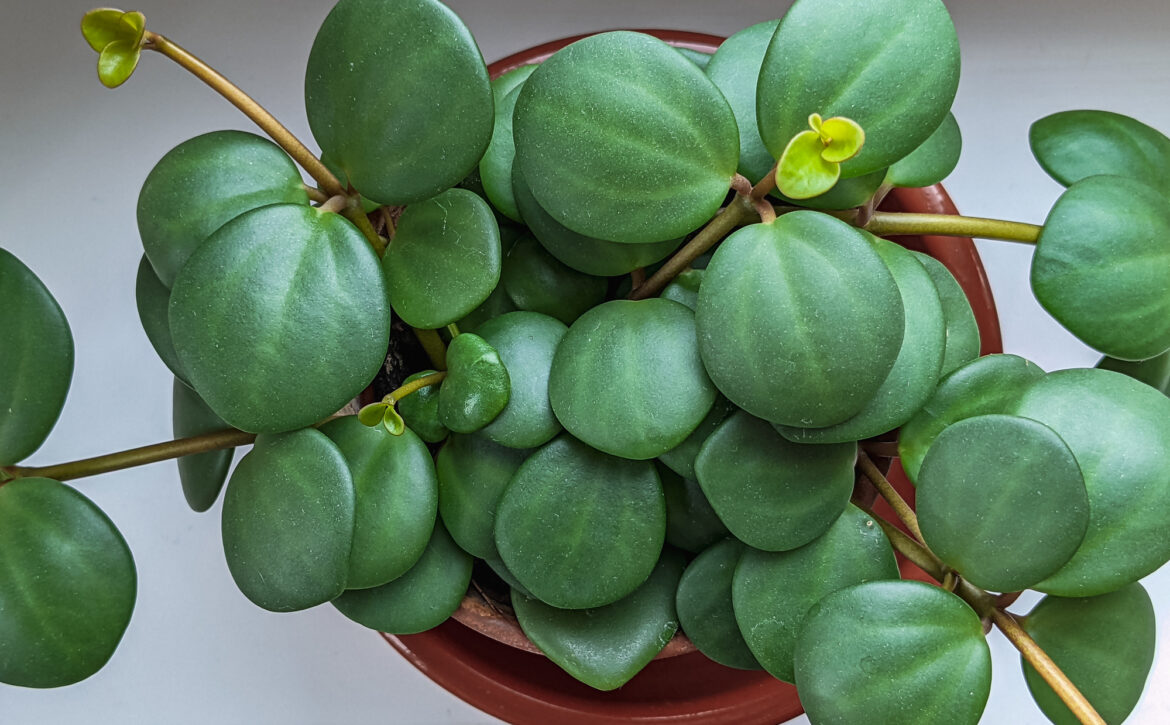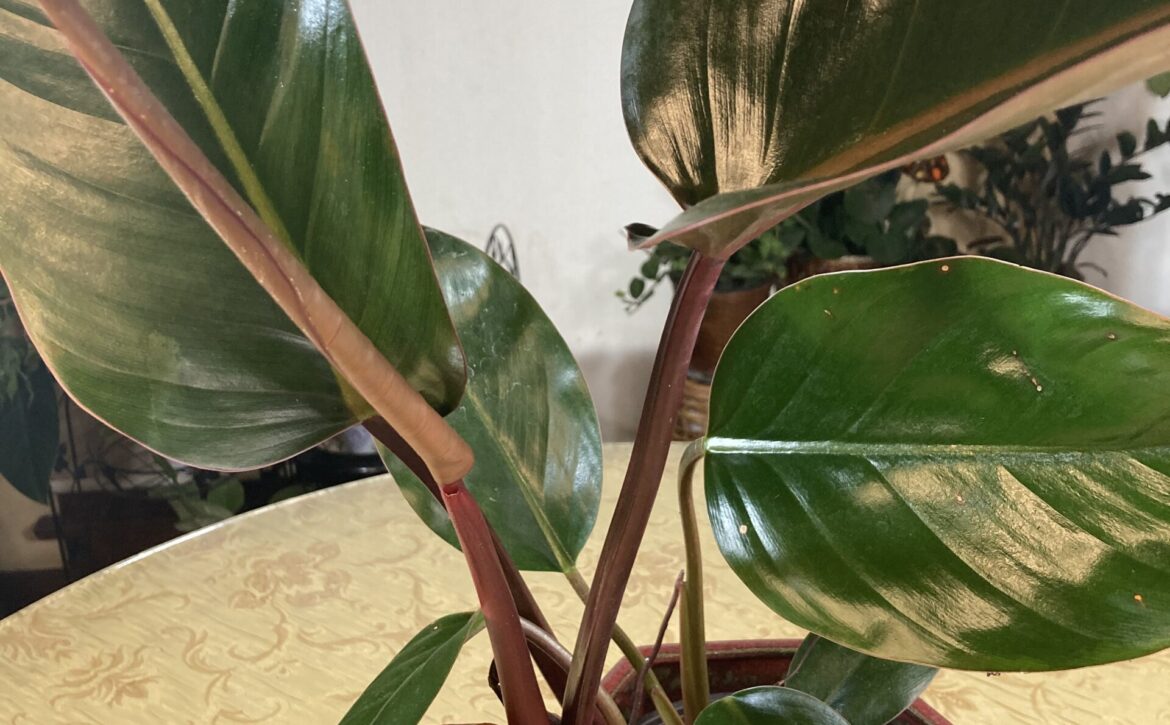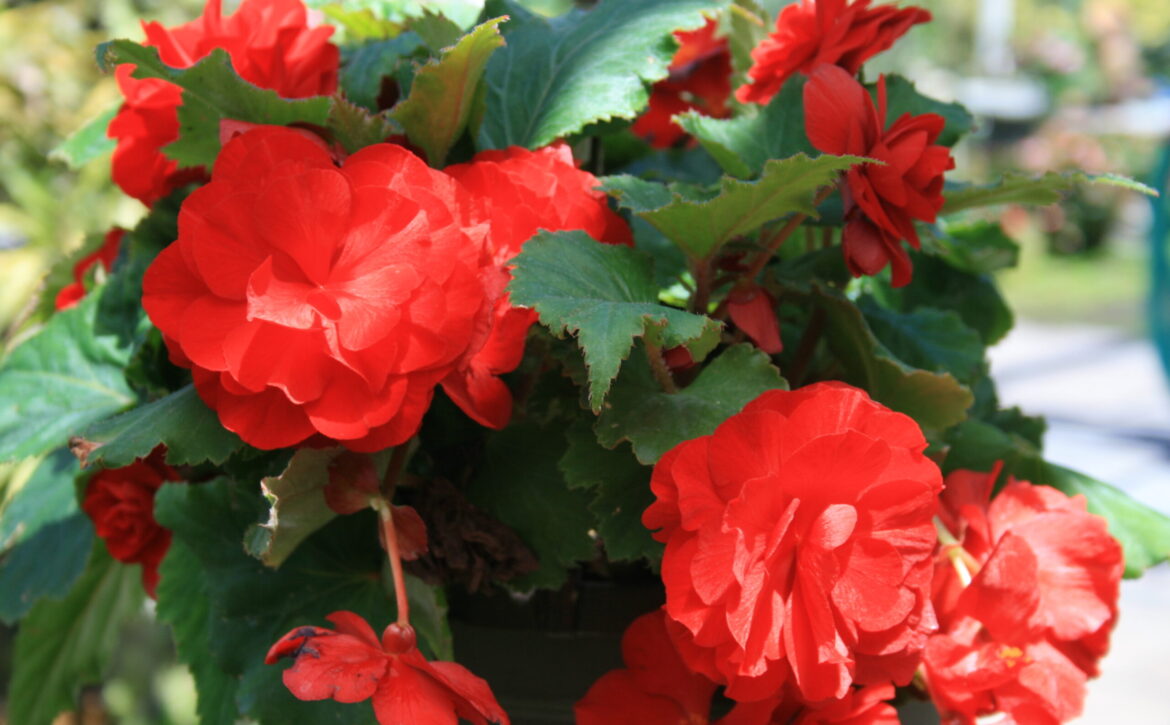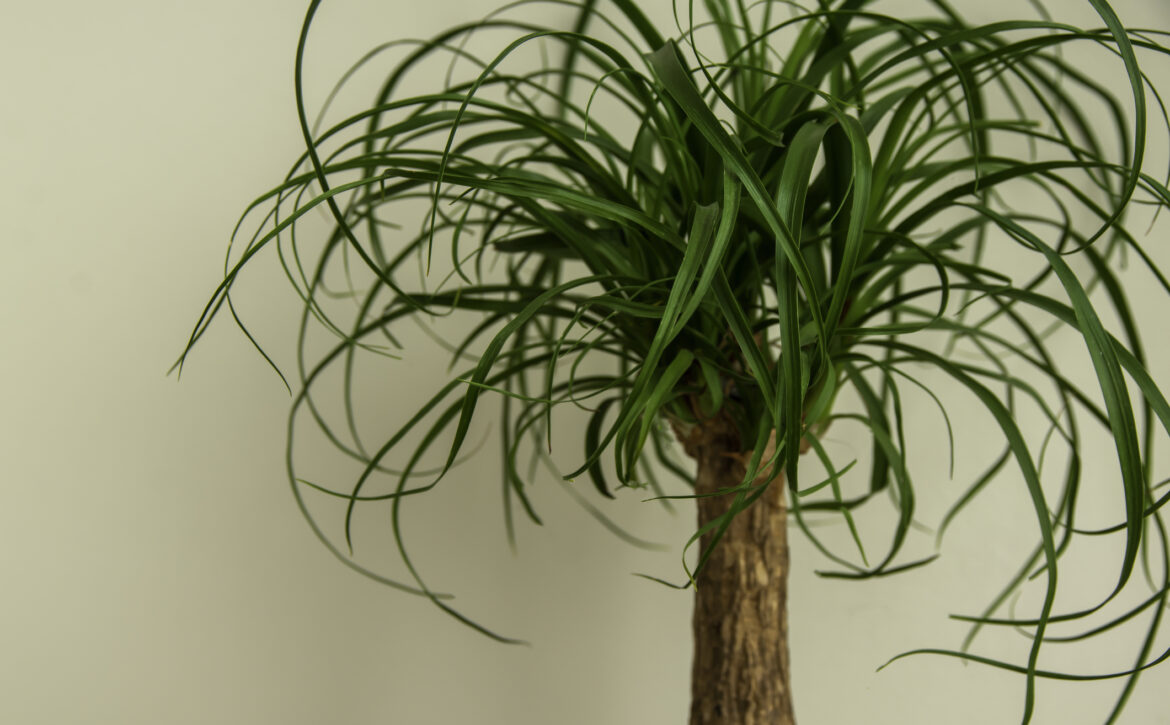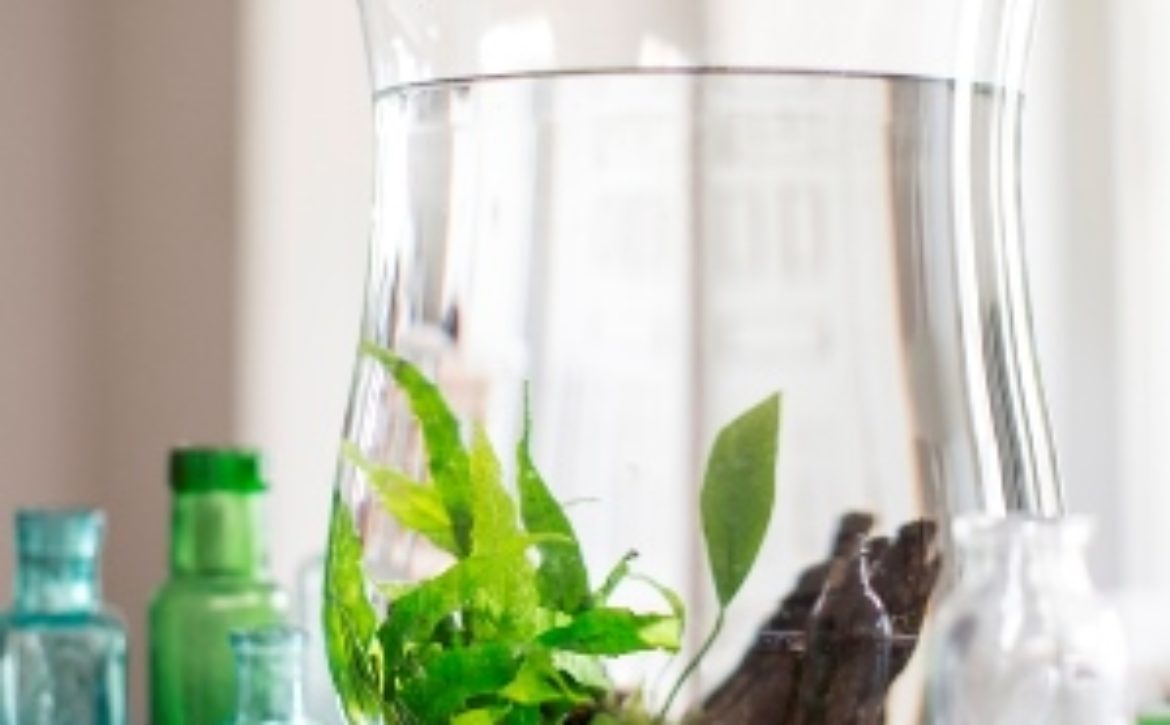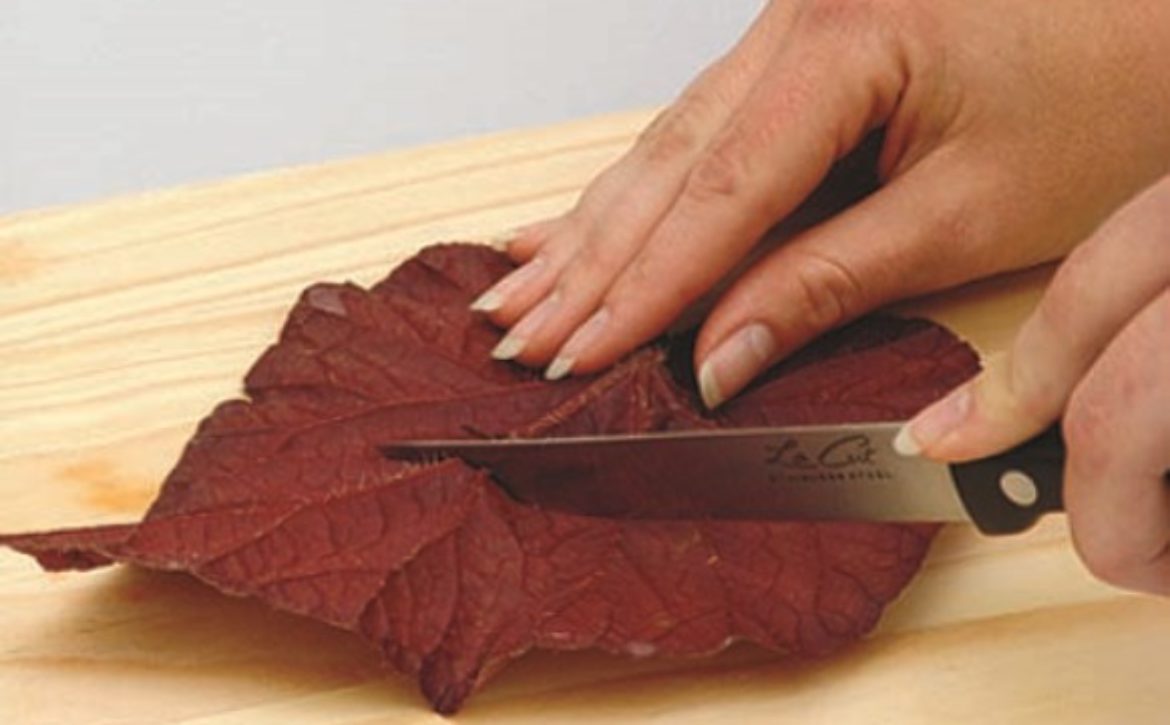Peperomia tetraphylla ‘Hope’ Indoor Care
Peperomia tetraphylla ‘Hope’ is an easy to grow houseplant perfect for beginning indoor gardeners.
Peperomia tetraphylla ‘Hope’ is an easy to grow houseplant perfect for beginning indoor gardeners.
Red Congo Philodendron is an easy-to-grow tropical beauty for your indoor garden. Discover how to grow this houseplant.
Growing flowers from seed in your indoor garden is easy and fun. Follow these tips for decorating your home with flowers.
Ponytail palm, known botanically as Beaucarnea recurvata, is an eye-catching, easy to grow houseplant. Find out how to grow this tropical succulent.
Do you love orchids? Besides growing orchids indoors as houseplants, you can now put orchids on your mail. The U.S. Postal Service just unveiled beautiful Wild Orchids forever stamps on February 21, 2020. All flowers featured on the stamps grow in the United States. wild-orchids Each stamp depicts one of these nine orchid species: Cypripedium californicum, Hexalectris spicata, Cypripedium reginae, Spiranthes odorata, Triphora trianthophoros, Platanthera grandiflora, Cyrtopodium polyphyllum, Calopogon tuberosus and Platanthera leucophaea. In addition to the USPS, we can thank photographer Jim Fowler and art director Ethel Kessler for designing these lovely stamps, sure to put a smile on your face! Access the archive of past What’s New articles by.
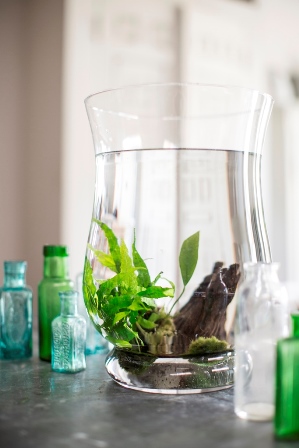
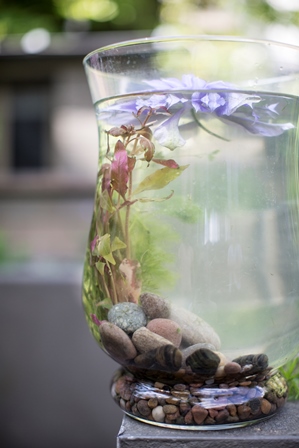
(Photos: Helen Cathcart, The House Gardener, CICO Books)
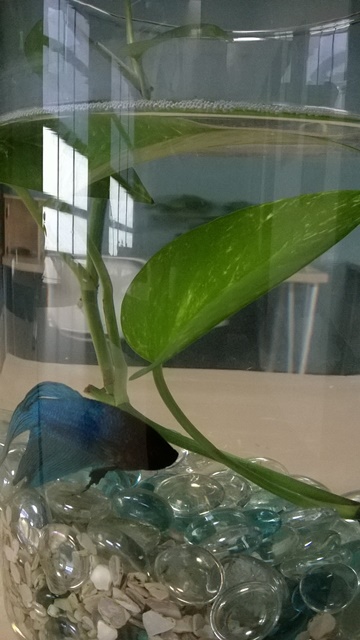
(Photo: Julie Bawden-Davis, Healthy Houseplants.com)
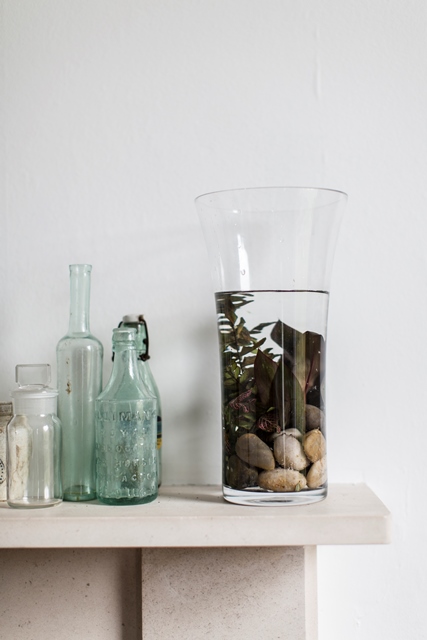
(Photo: Helen Cathcart, The House Gardener, CICO Books)
Mealybugs, mealybugs, why do you torment me and my houseplants?
It all started when I was a kid. I began indoor gardening at the age of 7. With coleus. I bought a beautiful, velvety coleus home from the drugstore and nurtured it, and it thrived.
I propagated the plant and ended up with something like 30 to 40 coleus. From there, I added to my plant collection with other types of houseplants.
All went along swimmingly, until I was about 12. And a mealybug invasion came in via a new houseplant. And the mealybugs had a feast. It was a smorgasbord like they hadn’t experienced ever before, it seems.
I was a wreck. My houseplant kingdom was looking awful!
It was the 1970s, so the traditional means of killing off mealybugs was some sort of heavy duty chemical spray. Knowing no better, I used such a chemical on my houseplants. I followed directions to the letter, but the plants reacted terribly. I even lost a bunch of them to the shock of being hit by such a lethal chemical.

(Healthy Houseplants.com)
Up until then, I’d unknowingly been gardening organically. Needless to say, this experience brought me full circle back to organic gardening, which I do to this day—indoors and out.
And do you know…..those mealybugs came back!! Again and again……
Though I later moved out of the country and had to leave my plants with a family friend, mealybugs have followed me throughout my “indoor gardening career.” Little white fuzzy buggers they are. They get into cracks and crevices. And their favorite place to hide and feast is in the parts of leaves that are yet to unfold.
So what to do about mealybugs? And can you ever get rid of them?
Yes and no.
It is possible to get them under control to the point where you don’t have any visible mealybugs. Until the point where you get a spring in your step, because, could it actually be that they are gone!?
Yes, but at some point they may come back. You can, however, force them into a sort of dormancy where they don’t drive you and your plants crazy.
Here is a good video starring me 🙂 on how to do that.

(FreeImages.com/Billy Alexander)
The bottom line is that some pests in your indoor garden are just natural. That’s something I’ve come to terms with over the years.
A bugs gotta eat! Just not your entire plant.
So the secret to indoor gardening success is to tolerate a low level of plant pests, like mealybugs. And when things get out of whack, pull out your defenses—like spraying them with isopropyl alcohol and water repeatedly until they’re gone, like I discuss in the video. This pushes the population down, so you can co-exist without either one of you going buggy!

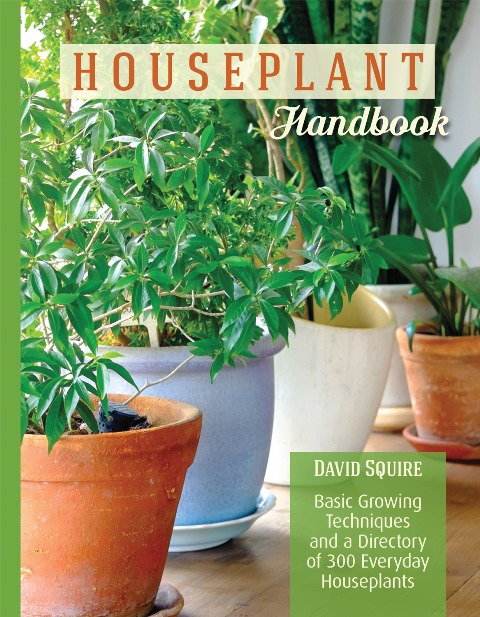
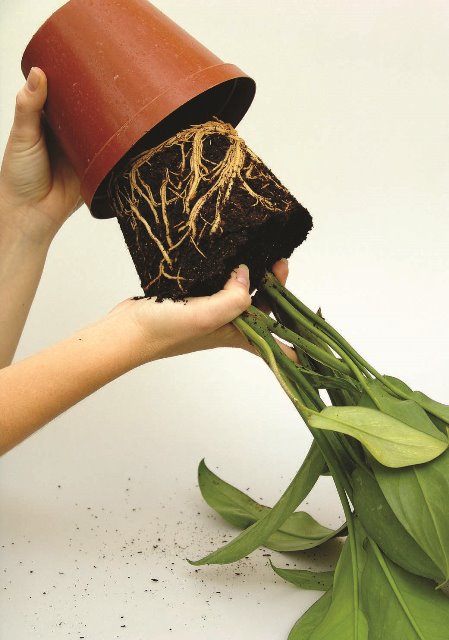
(Janet Peace, Hot Tomato Communications)
One of the most impressive sections of the book is the detailed instructions on propagating houseplants. You’ll get a great tutorial on every conceivable way of inexpensively increasing your houseplant collection.
Squire covers sowing seed for houseplant favorites like coleus. He also shows you how to take every type of cutting imaginable. These include stem-tip cuttings, leaf-stem cuttings, leaf-petiole cuttings, whole leaf cuttings, leaf-square cuttings, leaf-triangle cuttings, cross-leaf cuttings, horizontal cane cuttings, vertical cane cuttings, cactus cuttings and small-leaved succulent cuttings.
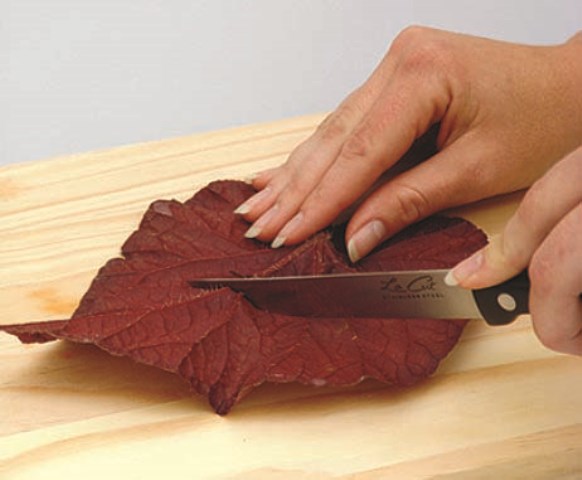
(Janet Peace, Hot Tomato Communications)
If you’re going on vacation, Squire has a section on caring for your houseplants while you’re not at home. These include ingenious ideas such as using capillary matting or wicking. These methods allow your houseplants to absorb moisture when you’re away. He also gives advice for where to place your plants before you leave home—such as away from drafty, drying areas and out of direct sunlight.
The Houseplant Handbook’s comprehensive 300-plant directory is thorough, yet to the point. Complete with color photos of each plant and their descriptions and growth habits, the guide also gives you important growing advice. You’ll learn the lighting needs of each plant in summer and winter and how to care for them throughout the year. Squire also shares the propagation technique for each plant.
All in all, a thorough houseplant guide.
Happy New Year to you and your houseplants!
2018 started out on a great note when Healthy Houseplants was selected by Feedspot as #9 in their:

We’re delighted to be included in the list. We also know a big part of our placement and success is due to you, our loyal readers. We’d like to thank you for reading the blog and the website and viewing us on our YouTube channel and liking us on Facebook!
At Healthy Houseplants, we’re looking forward to an exciting year sharing information about all of the great ways you can enhance your life and indoors with the beauty of houseplants. This year we’ll be talking a lot about the importance of lighting to houseplants. With the right lights—and there are great options today—you can grow just about anything indoors!
Want to grow your own tasty fruit in your home like strawberries and citrus? No problem! With full-spectrum lighting and proper care, feeding and watering, you can bite into homegrown berries, citrus and much, much more. How about some indoor veggies? Like cucumbers and tomatoes. Or fresh, tasty herbs like basil, oregano and chives.

If you love flowers, did you know that it’s possible to grow just about any flower indoors? Perk up your spirits by growing beauties like celosia, phlox and petunia. Seeing a gorgeous bloom when the weather is cold and dark is sure to make your day or even week.
Stick with us and you’ll also have fun with our upcoming Indoor Fairy Garden Series. We’ll show you how to create a stunning fairy garden that will attract Thumbelina or Tinker Bell! Learn about the ideal plants to grow in your indoor fairy garden, as well as how to plant the garden and how to accessorize so that the fairies and their friends want to make themselves at home.
Do you like to get out the tools when it comes to gardening projects? Stay tuned for our upcoming blog post on how to create a vertical planter out of a pallet.
As usual, we’ll be offering you tons of info on the basics. Stop by to learn about how to divide your houseplants when they get a bit crowded, as well as how and when to air-layer large or tall plants that have outgrown their space.

(Healthy Houseplants.com)
Want to get really good at propagating your houseplants so you can save money and get duplicates of your favorite plants? We’ll be sharing with you a wide variety of techniques for making new plants from existing houseplants. Some of the tricks you’ll learn include how to grow new plants from stem-tip cuttings and leaf cuttings.
We’re also going to be putting a lot of emphasis on raising plants from seed, including houseplant favorites like coleus. Above is some coleus that were planted from seed just 37 days ago in an AeroGarden Seed Starter Kit where you can plant any seeds your heart desires. My choice this time was the Coleus Rainbow Blend from Botanical Interests.
That’s just a sampling of what you can look forward to in the days and weeks ahead here on HealthyHouseplants.com. We’re excited to share with you the unending joys of Gardening in the Great Indoors!

